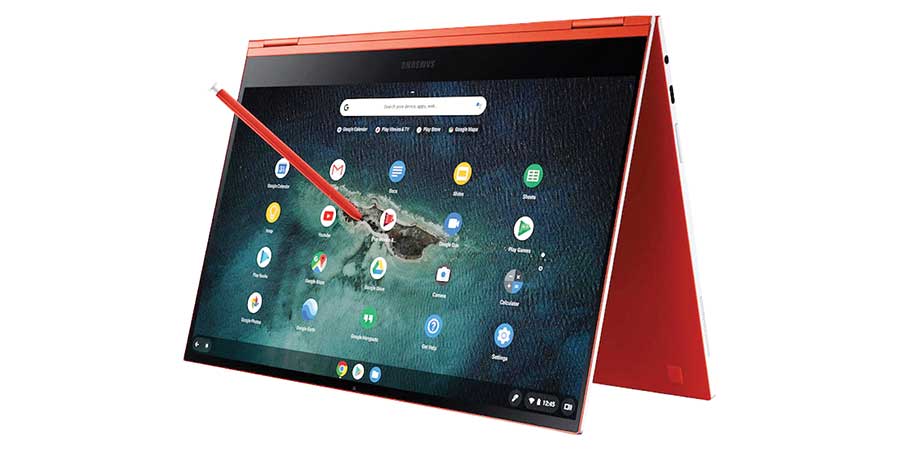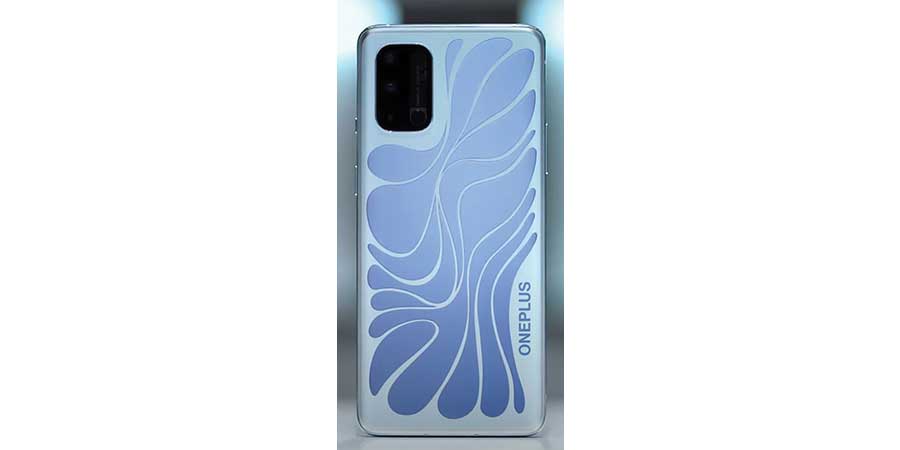MICROSOFT TEAMS NOW LETS SMALL BUSINESSES CHARGE FOR WEBINARS AND MORE
- 23 Mar - 29 Mar, 2024

Samsung’s upcoming Galaxy Chromebook 2 has been revealed in a new leak, showing off the return of the company’s unique bright orange colouring in an otherwise similar-looking design. There are some visible changes to the new model, including minor adjustments to the port layout and the extension of Samsung’s application of the orange colour. The keyboard on the second-generation model has been made a more neutral black, even as the orange hue has extended to the sides of the laptop. But any more substantial changes will likely be found in the internal specs, which presumably will see some sort of improvement from last year’s model – especially considering that there are new 11th Gen Intel laptop chips out. Combining the improved battery life and graphics performance from those chips with the already good-looking Samsung Galaxy Chromebook sounds like an intriguing possibility. The original Galaxy Chromebook was a premium device, with a design and price tag to match. Samsung will hopefully be improving the battery life in this newly leaked model.

OnePlus has a new concept phone to show off, which is its way of teasing tech that might make it into one of the company’s future phones. The OnePlus 8T Concept is a similar phone to the OnePlus 8T that was released a couple months ago, but it’s got a pretty unique rear design that changes colour alongside a motion-tracking radar module. This colour-changing effect is achieved with a film that contains metal oxide, which sits underneath the phone’s glass back and changes color as different voltages are applied to it. At its most basic, it could change colour to show off the phone’s notifications, like an incoming phone call, much like the notification light that it has included on its phones in the past. But where things get really interesting is when it gets paired with the concept phone’s rear-mounted radar module. This module, which is built into the camera bump on the back of the phone, uses millimeter wave radar to bounce electromagnetic waves off its surroundings and lets the phone “perceive, image, locate, and track objects.”
COMMENTS